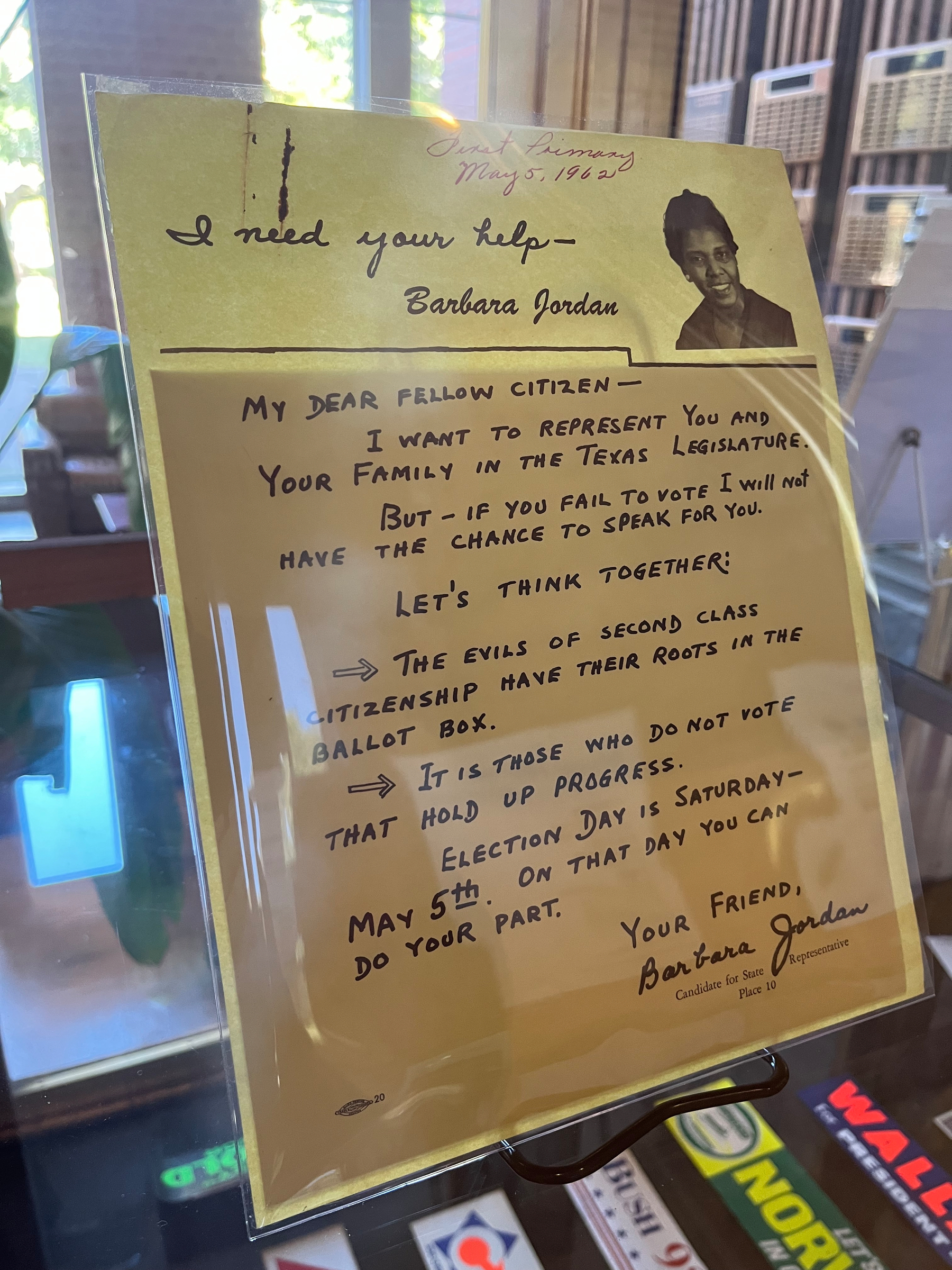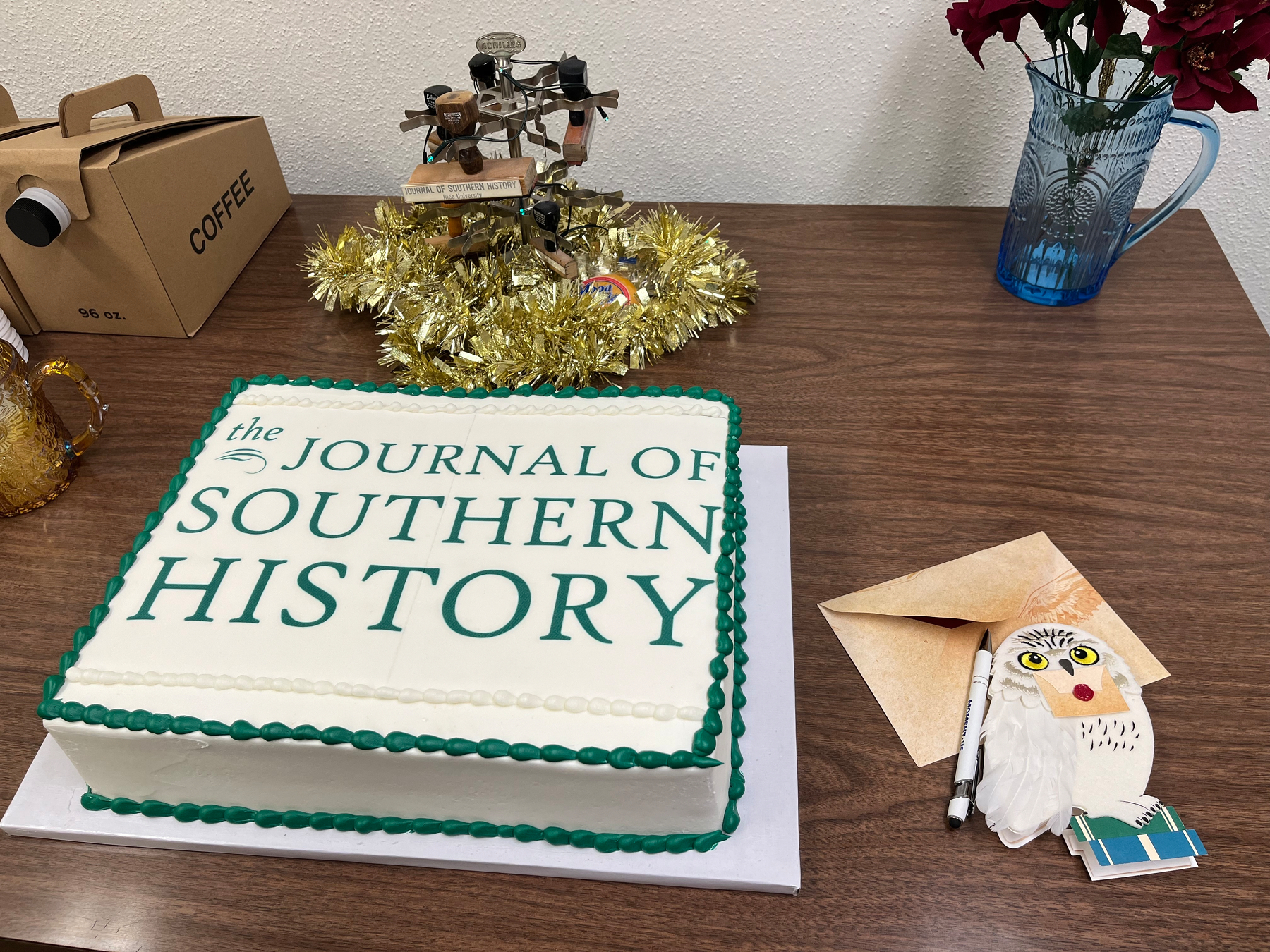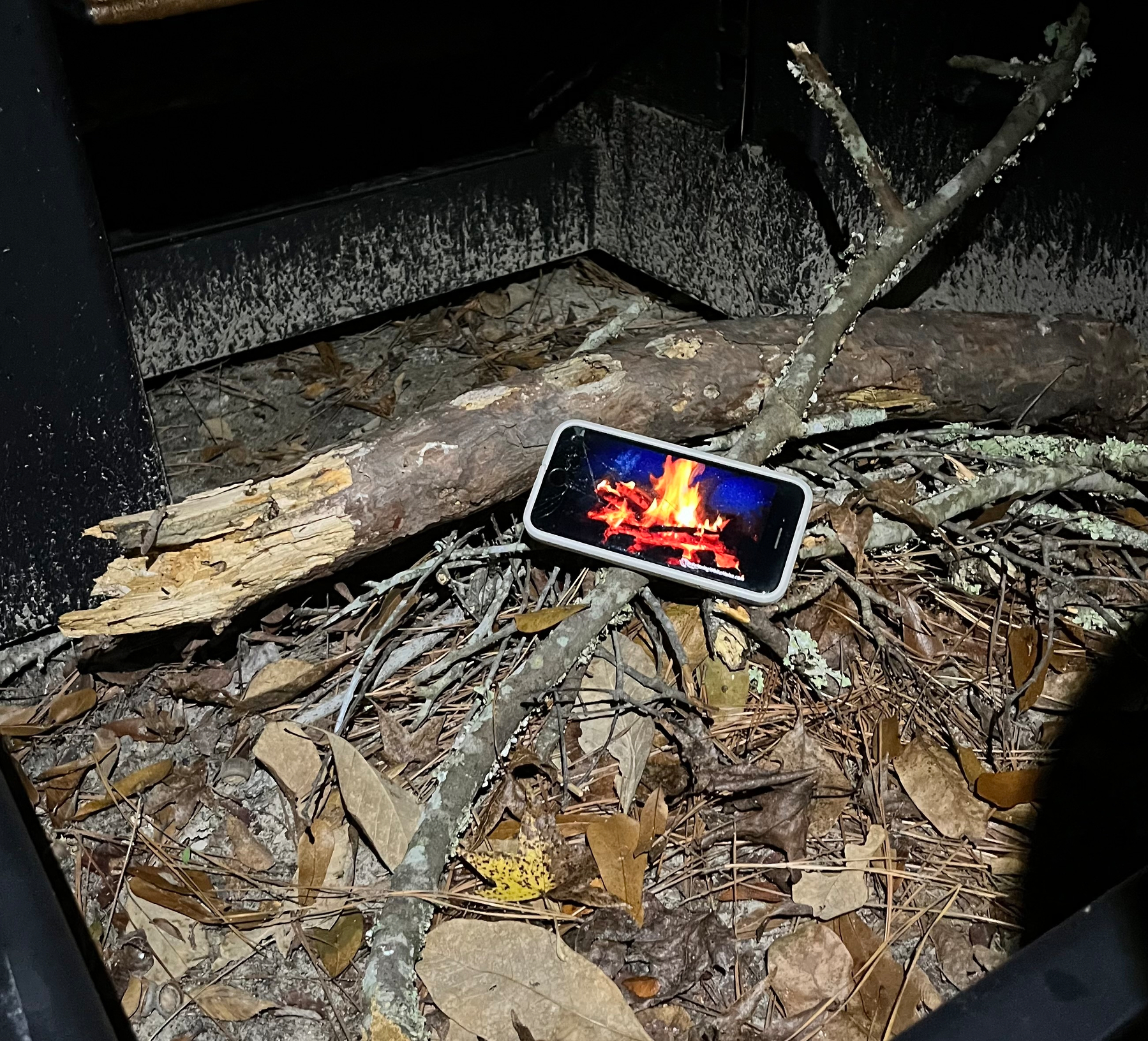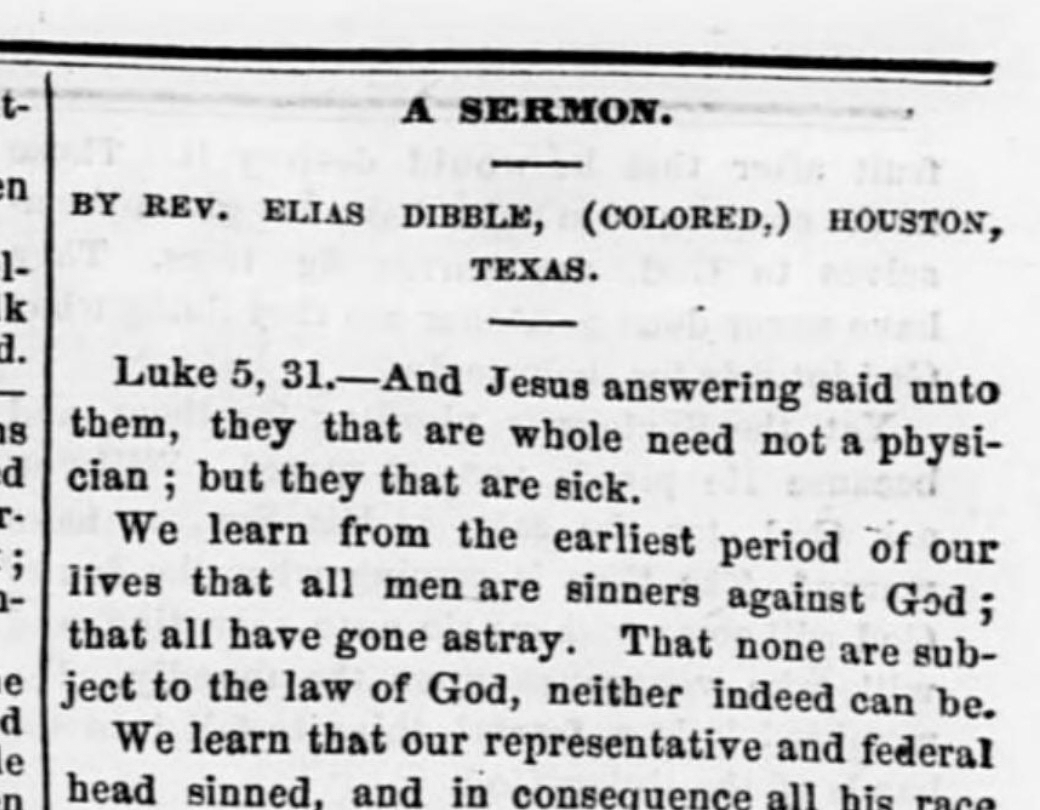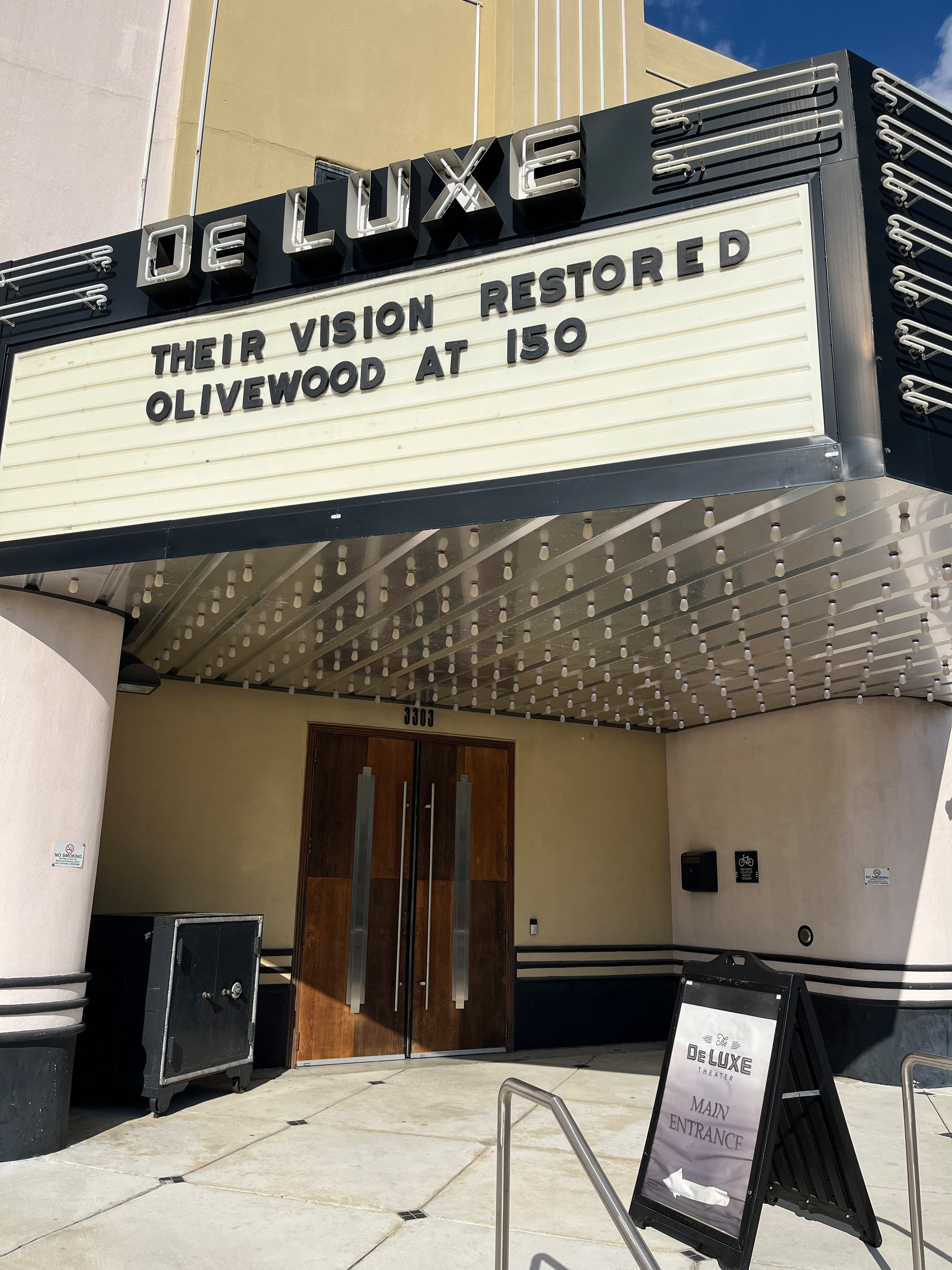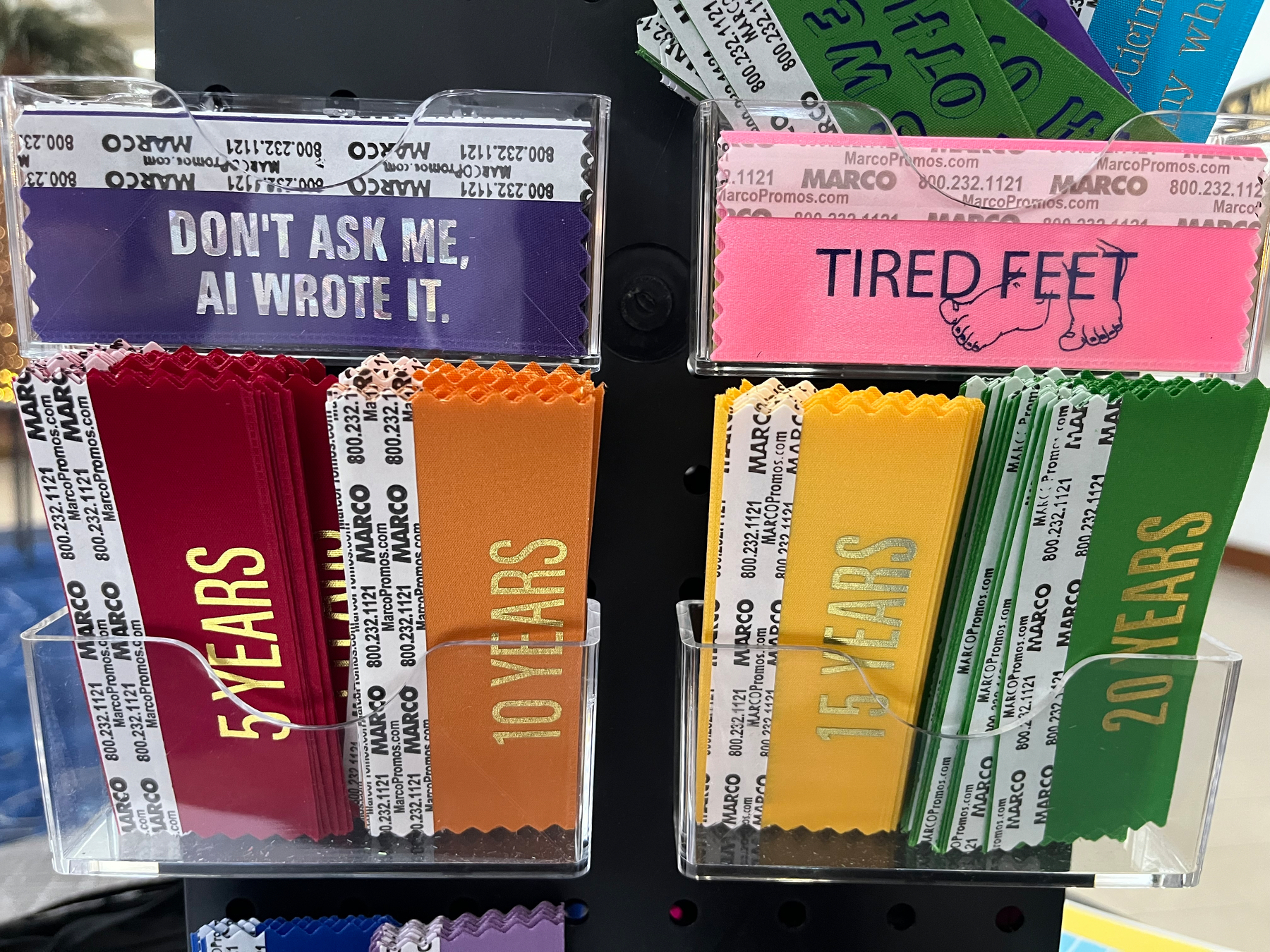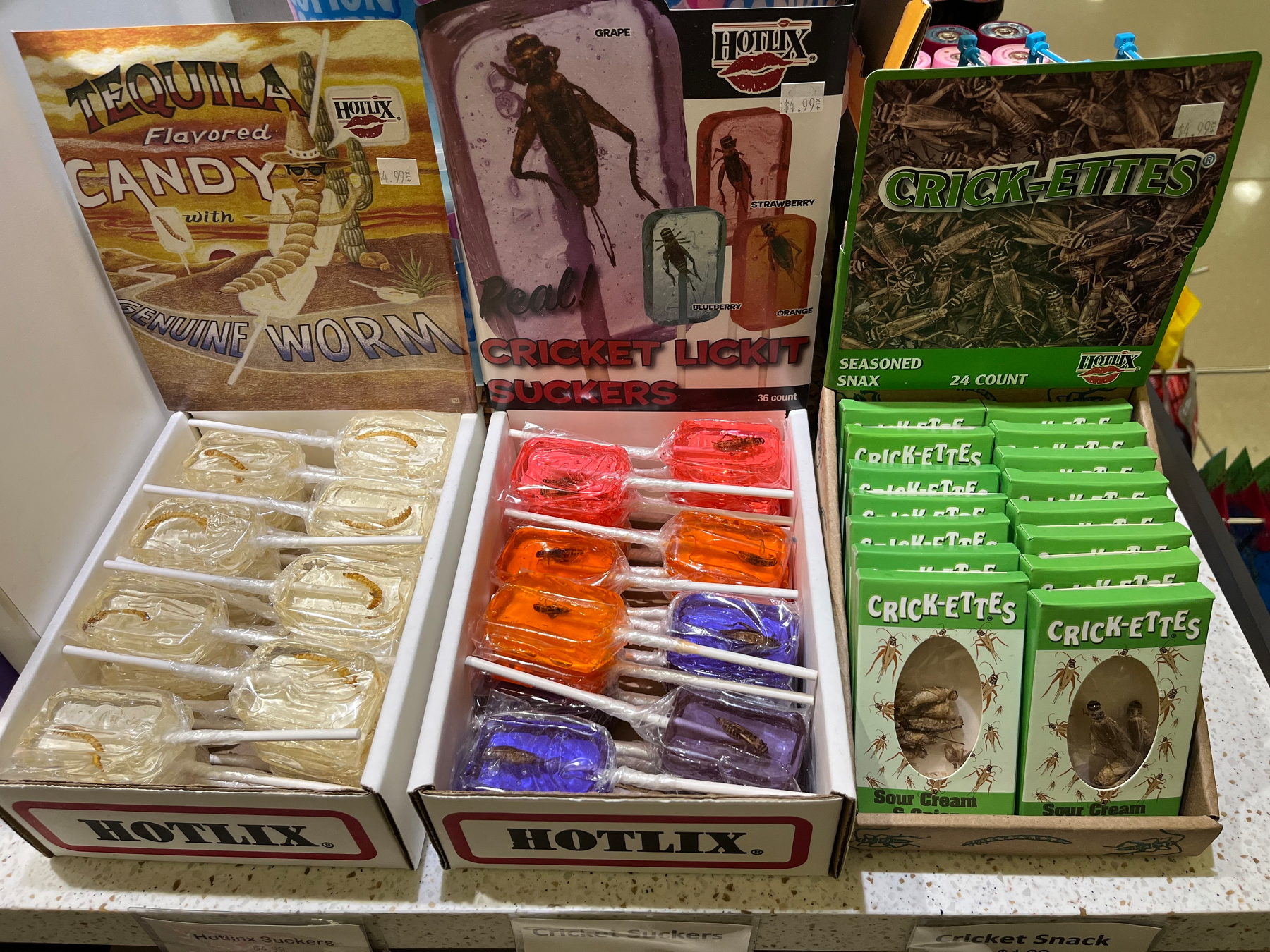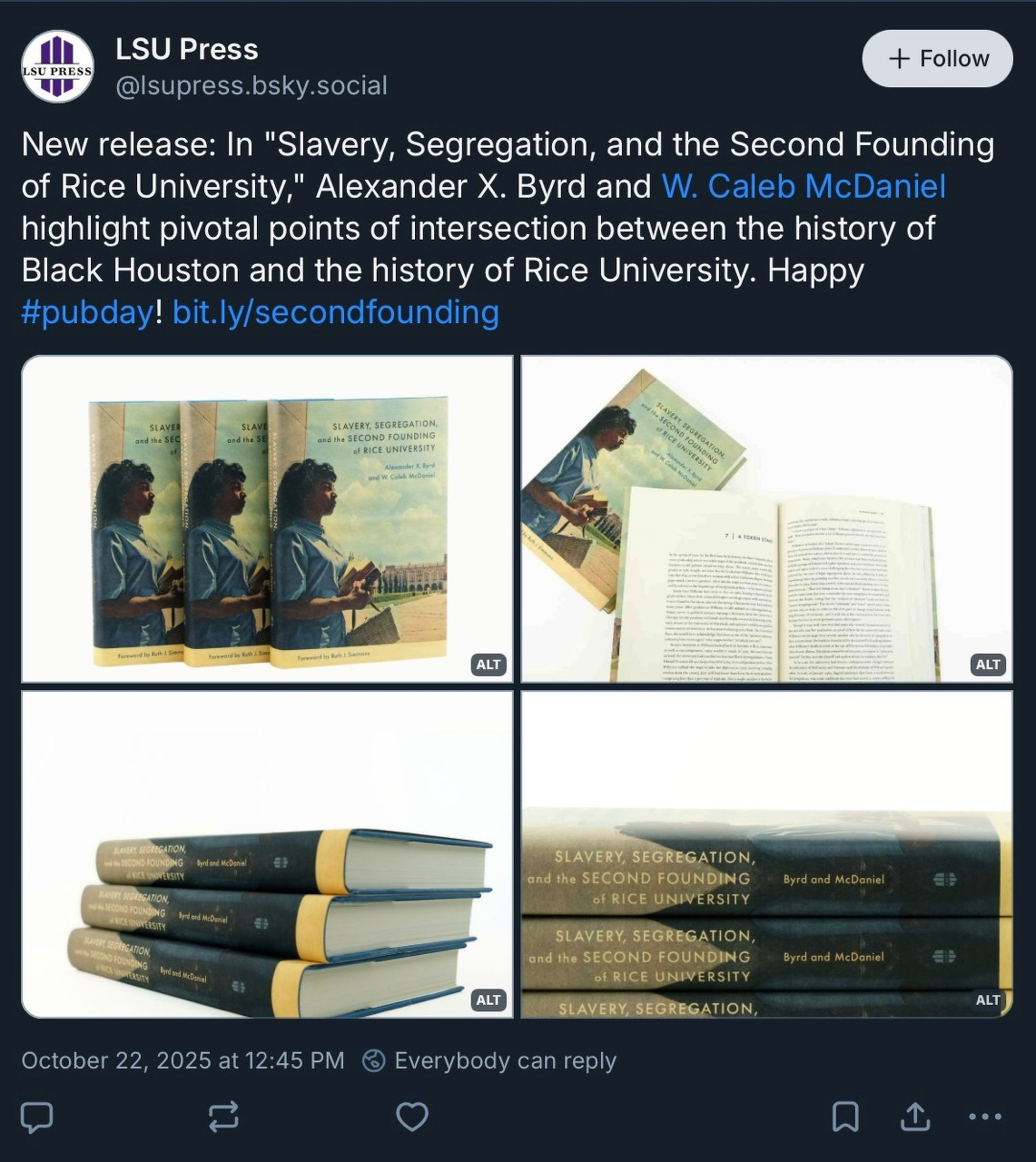Two Upcoming Articles
This morning I’m working on page proofs for two articles that I have coming out in the new year.
The first, “Slouching Towards Arlington House,” is for a special issue of the Journal of the Civil War Era and includes some of the research I’ve posted in this space before. Here’s the abstract:
This essay discusses the author’s visit to Arlington House in the spring of 2025, a season of deepening crisis for federally funded research and public history on slavery and Black life in the United States. Arlington House (a National Park Service site also known as the Robert E. Lee Memorial) was closed for renovation in 2018 and reopened in 2021 with a new interpretive focus on slavery and freedom. Two years later, descendant groups signed an agreement with the Park Service to ensure that exhibits at the house were honest and accountable to the families of enslaved people who had once lived and labored there, like Charles and Maria Syphax. These changes could still be seen at the site in March 2025. By the summer, however, the site’s new features were threatened by political directives from Washington, DC, that targeted Black history. These developments make it more imperative than ever for historians to research the many complex lives that intersected at Arlington House, including twentieth-century Park Service employees like Essie Hart Lawrence, a Black park technician who worked at the site in 1975 when President Gerald Ford arrived to sign a resolution restoring Lee’s citizenship.
The second is a piece I’ve had sitting on my desk for over a decade. I wrote it up for the 2014 conference, The Antislavery Bulwark, and at that time there was some talk of collecting the papers into a volume. As often happens in such cases, the book never materialized. So when I was approached to contribute to a special issue on “Abolition,” I decided to dust the article off and revise it for publication.
“No Union with Slaveholders: A Radical, Practical Abolitionist Plan” will appear in the Winter 2025 issue of Social Research. Here’s the abstract:
Nineteenth-century American abolitionists led by William Lloyd Garrison urged their followers to rally around the unpopular motto “No Union with Slaveholders.” Beginning two decades before the Civil War, they argued that the only way to end slavery was to dissolve the Union. These “disunionists” were criticized by other reformers at the time for doing nothing to advance the cause, especially in comparison to antislavery politicians who believed slavery could be “denationalized” through electoral politics. Like today’s abolitionists, disunionists were often dismissed as impractical idealists. Yet they did have a plan that proved prescient in the end.
